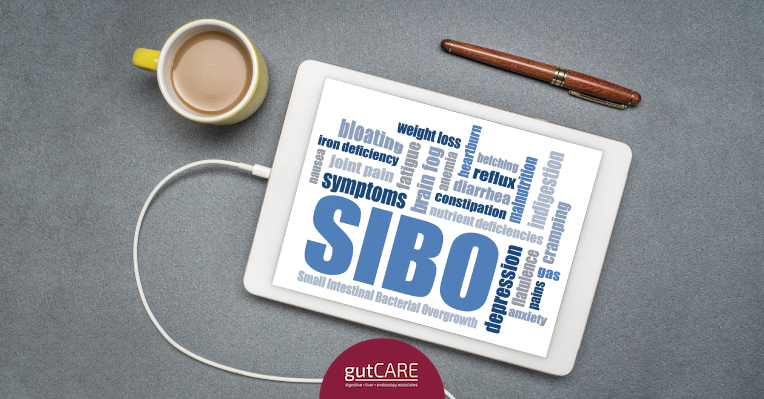What You Can And Cannot Eat When Suffering From SIBO

Small Intestinal Bacterial Overgrowth, also simply known as SIBO, happens when there is an abnormal rise in the bacterial population not commonly found in the small intestine, growing in that specific region of the digestive system. In a medical setting, SIBO is also sometimes referred to as blind loop syndrome.
When left untreated, SIBO often results in the individual experiencing diarrhoea, abdominal pain, and malnutrition caused by loss of critical nutrients. Hence, it is vital for the individual to adopt a proper nutritional diet in order to reduce the growth of harmful bacteria. Usually, your family doctor or any gastroenterologist will also prescribe antibiotics together with specific diet changes to help speed up the recovery process and eliminate any uncomfortable symptoms.
Understanding the SIBO diet
The diet process is a slow elimination kind of diet that helps to reduce bacterial overgrowth in your small intestine and inflammation in the other parts of your digestive tract. In some cases, your doctor might recommend you to cut off sugar in your existing diet totally. However, in most cases, doctors might advise you to adopt a low FODMAP diet. Basically, FODMAPs are digestion-resistant carbs that end up as fuel for gut bacteria to proliferate, which is ideal for healthy and necessary gut bacteria but not good if you are trying to recover from SIBO.
Foods you need to avoid in a SIBO diet
A low FODMAP diet can be applied in the recovery process of Irritable Bowel Syndrome (IBS). Usually, but not limited to, individuals with IBS also have SIBO. Eliminating or cutting down on food rich in FODMAPs can significantly improve the overall health of the digestive tract.
When eliminating or cutting down on FODMAPs in a SIBO diet, the main food categories to note are:
- Fructose or simple sugars are found in natural products, such as fruits and honey
- Lactose is found in dairy products such as milk
- Fructans are found in prebiotics and gluten products, such as bread and beer
- Galactans are found in certain legumes, such as lentils and chickpeas
- Polyols are a type of sugar alcohol typically used as sweeteners.
Other foods that are high in FODMAPs to avoid are garlic, onion, asparagus, cauliflower, dried fruits, sausage, and sweetened cereals, among others.
Foods you can eat in a SIBO diet
While it may seem like there is a lot of food to avoid in a SIBO diet, there is, fortunately, still a variety of food you can have in this temporary diet. A SIBO diet consists mainly of food low in sugar and high in fibre. Hence, it is recommended to consume food such as:
- Meat
- Eggs
- Fish
- Gluten-free crackers
- Broccoli heads only
- Carrots
- Olives
- Potatoes
- Quinoa
- Fruits such as strawberries, oranges, grapes, and blueberries
Some of these foods might contain a low level of FODMAPs. Hence, it is recommended to limit consumption to small servings, as larger servings would certainly increase unnecessary FODMAP levels in your gut system. It is also vital to drink lots of water to ease digestion and reduce stomach pain.
Conclusion
The SIBO diet is not a permanent diet solution to adopt in your life. It is only a temporary elimination diet, lasting two to six weeks, that helps to slow down bacterial overgrowth. While it is a practical aspect of the treatment process, it is not the solution to treating the underlying cause of SIBO. It is crucial to discuss with your doctor before incorporating the SIBO diet. At the end of the day, FODMAPs are essential in our life, as without them, our gut will not have any healthy and necessary bacteria.
For more information about a healthy gut or if you suspect yourself of having SIBO, do seek immediate medical attention at GUTCARE. Besides treating gut-related issues, we also offer hepatitis B and colon cancer treatment.




